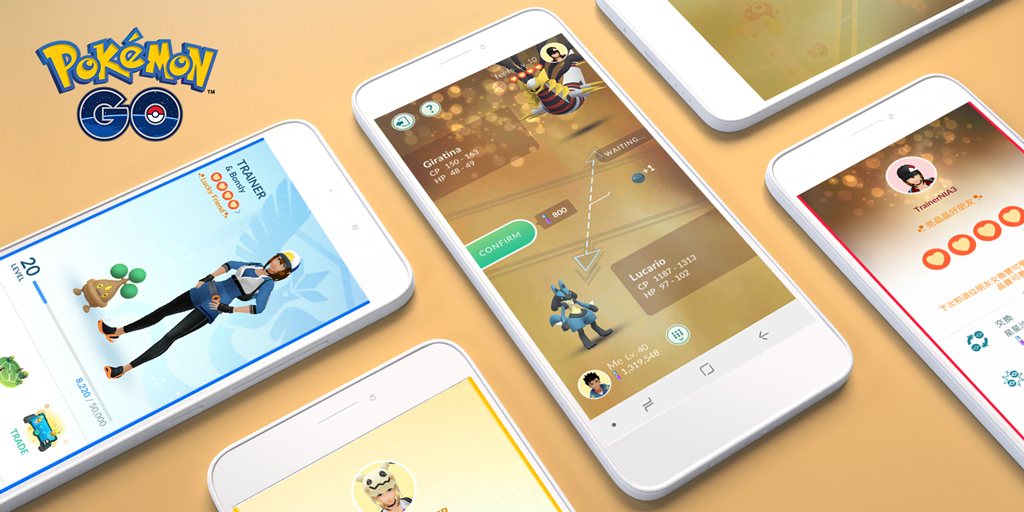Since the introduction of lucky trades in Pokemon GO, there has been an obscure mechanic known as “Guaranteed Lucky Trades” that not many people understand. This is different from “Lucky Friends”, and the game gives no indication ahead of time as to whether or not a trade will be a Guaranteed Lucky Trade (GLT).
In a recent blog post, Niantic announced that they were increasing the GLT cap from 15 to 25, which caused the feature to gain some more attention, and at the same time more confusion.

Normal Lucky Mechanics⌗
It’s important to note that older Pokemon naturally have a higher rate of going lucky. The base rate for luckies is 5%, and every year before the current year that each Pokemon involved in the trade was caught, summed together, increases the lucky rate by 5%, up to a max of 20%. This means if it was 2023, and trainer A traded a Pokemon from 2021 to trainer B for something from 2023, the trade would have a 15% chance of going lucky.
Additionally, two max-friendship-level friends can become “lucky friends” on their first interaction on any given day, with a likelihood of around 2%. When this happens, their next trade will be visibly marked as a “lucky trade”, and the trade will go lucky.
Guaranteed Lucky Trades⌗
The way GLTs are supposed to work is that a Pokemon that has been in a trainer’s inventory for a very long time will go lucky when being traded. It’s reasonable to assume this is intended to be a way to draw older players back to the game.
Every trainer has a hidden counter of how many GLTs they have been involved in. Until the start of the Adamant Time event in December 2023, the “cap” for this counter was 15, after which point it was increased to 25. Additionally, the start of this event changed the cutoff for “very old” from “caught in 2017 or earlier” to “caught in 2018 or earlier”.
The trainer sending the old Pokemon needs to be under their cap of 25. The trainer receiving the old Pokemon has no such requirement, however their hidden counter will increase regardless. This means that a trainer’s hidden counter can be greater than the cap. Trades that randomly go lucky, or trades with a lucky friend, do not increase the counter.
What this means is that a trainer could hypothetically have been involved in well over 25 GLTs in the past without knowing it, and the cap being increased will not affect them, because they are already over where it was increased to.
As an example, if trainer A and trainer B have both not completed any GLTs before, either one of them could send the other Pokemon from 2018 or earlier a combined 25 times and they would all go lucky. Both Pokemon being counted as old does not make the counter increase twice.
If, after this, trainer C (who also has not yet done any GLTs) trades trainer A 25 Pokemon from 2018 or earlier, all of them will go lucky. After this point, A’s counter is at 50, B’s counter is at 25, and C’s counter is also at 25. None of them can cause any more lucky trades by sending the old Pokemon, but they can still benefit from a GLT if they receive the old Pokemon from a friend.
In our scenario, if in the future the GLT cap was increased further to 35, trainers B and C would be able to make 10 more GLTs each, but trainer A would not, as their counter is already at 50 (well above 35).
It is generally wise to not participate in GLTs as the trainer receiving the old Pokemon if you have other Pokemon in your inventory that could cause a GLT itself. The reasoning for this is that it is likely that a legendary or something caught more recently is probably more valuable than getting a lucky spearow from 2016 or something like that.
I personally keep a documented list of all of my GLTs, and I use them sparingly, on things that are actually worthwhile.

